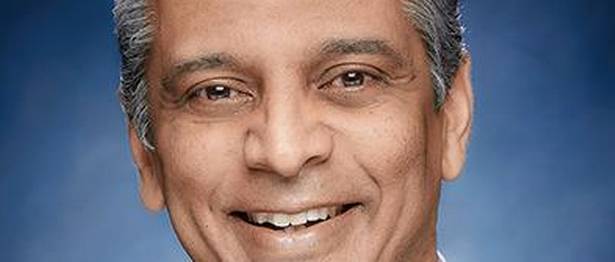27
Jun
2019
Lower logistics cost is integral to ease of doing business
This is your first visit to the country in your new capacity, and at the same time, the BJP government has entered its second term. What do you expect from the government in terms of your business and the global trade?
We are optimistic about India’s potential. One of the things that the Indian government is focussing on is the ease of doing business. I think those numbers [in terms of different parameters] have gone up significantly in the last year, and the expectation is that they will get better going forward. The other hope is that manufacturing, as a component of the total Indian economy, will continue to rise.
One of the things I do want to point out here is that for both ease of doing business and manufacturing to grow, logistics is very important.
As the right progressive policies are put in place, there is a very good chance that the cost of logistics will come down, boosting efficiency and manufacturing and improving the ease of doing business. That will be a win-win situation for everybody.
As the industrial sector grows, there will be a need for very sophisticated movement of industrial goods through the Indian geography. One of the things that has happened in the last couple of years is the implementation of the GST. We already know it has streamlined some traffic within India.
As that progresses, it can only serve the country better, so that the costs go down. Not only efficiency and costs, (even) manufacturing processes could get better.
The government has a liberalised policy as far as airports are concerned. Is that something that excites you?
We always look into these kinds of things. I am happy that the policy is in place. We will look at what options it gives us going forward. We have a terrific network in India with 23 flights a week. We operate from three gateways — Delhi, Mumbai and Bengaluru.
You are not looking at Chennai, which also has a huge industry…
Bengaluru is our South gateway, and it is a hop, skip and jump to bring traffic by road to the airport. The way we design our network is, as the volume grows, we establish a beach-head to the point where we need more capacity, and then we can bifurcate and go to other destinations.
We will make those kinds of calls as opportunities arise. But right now, I think we are the only ones to operate out of three different gateways and have 23 weekly flights.
How do you see yourself growing in the Indian market. Will it be through acquisitions or a different model?
We have a portfolio of services in India, which is very robust. It is a matter of growing them as the business grows here.
Have you seen a change in the route, depth or volume of trade, in terms of it being less via flights and more by land?
If you look at 2018, the air cargo growth was slower than in 2017, but it was still growing. If you look at overall trends for the last 30-40 years, the equation is the same.
When there has been GDP growth, the trade has grown faster than the GDP, air cargo has grown faster than trade, and air express — which represents the high value goods of the economy — has grown faster than air cargo.
There is a continuing telescopic relationship, because the high-value sector of the global economy has grown and is crossing borders at a faster rate. That relationship has not fundamentally changed over the years.
How does a chemical engineer run a global logistics company?
One of the things FedEx is very much into is the use of data analytics and (having) a strategic way of thinking. When I look back at the education and training I received in IIT-Mumbai, the core tenets of having a framework to think strategically were laid there.
How are you implementing what you learnt then in this business?
It is more about using core skills. Once I went into business, I chose to think analytically as to the market forces on which we should focus. Strategically, we must look at what areas need to be driven, what are the portfolio gaps… this was grounded in the training.


